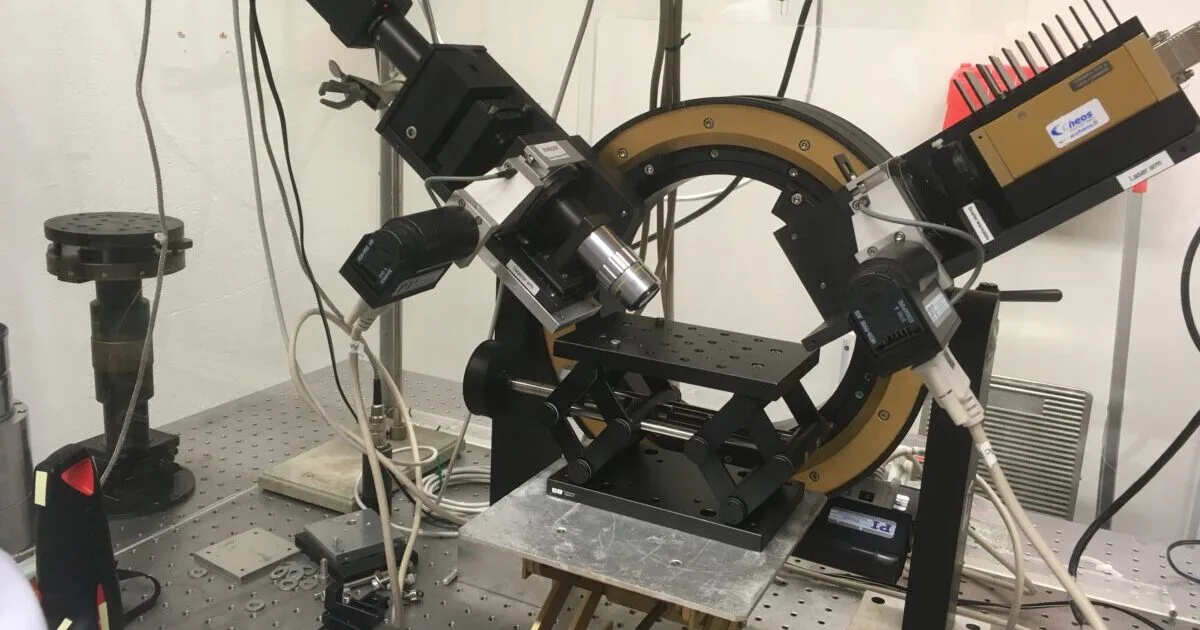It’s the action on the surface that matters. Do you know the mechanism for that action? It is needed more than ever..
The market for hair products was already demanding. We as users want the hair to be cleaned but not dry, shiny but not oily. We want the product to pour easily from the container but lay still in our hands. We want the foam to lather but not irritate skin or scalp. We want the conditioner to stay on the hair while dirt is rinsed away. On top of this, we now demand all ingredients to be more natural…
Producers of hair products meet their customers’ needs through a combination of different ingredients; polymers, particles and surface active agents to name the most important. The effect of one ingredient in a complex mixture is far from trivial and all interactions matter. Thus, there is a great advantage to have a relevant screening method in the development phase as well as methods that provide insight into the true mechanisms of action.
Together with a client in the Personal-Care and Cosmetics industry we have used surface techniques such as Ellipsometry and QCM (Quartz Crystal Microbalance) to analyze how much of the product that remains on a surface after rinsing, how hydrated the layer is and also to get a grip on what is really going on when we lather and rinse.
The result is not only the possibility to distinguish between mixtures with more or less tendency to adsorb on the surface but also a developed method to be used for future comparisons in the different development stages. And these development stages are coming!
The whole world is trying to transfer into the naturals-space which means that the well performing ingredients of tomorrow will be replaced. So far, most simple replacements have been tried and if you read this, you probably already know that this is not working, not giving you the same edge and robustness. You need to know both how the traditional formula actually worked, what is the mechanism of action that you want, and then you need to understand how to mix the new ingredients to achieve the same! This is fortunately all possible using a combination of surface techniques and knowledge about polymer-surfactant interactions!
Down-load our application note on surface adsorption here! (and contact us – we love this type of work!)


